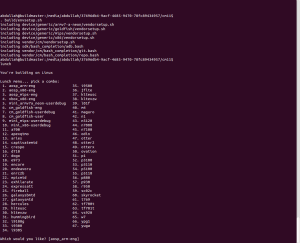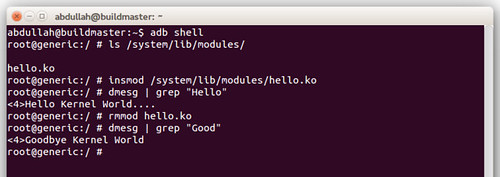CryptoMine: Cryptographic Mining as a Service.
By
Abdullah
I assume the reader of my article are familiar with terms digital currencies (such as bitcoins and litecoins), block mining, cryptographic hashes, and blockchain life cycle (optional). This is my personal monograph on a product.
The cryptographic hash mining service in the classic cloud paradigm can be provisioned under the service delivery models of IaaS, and PaaS; for the SaaS model I don’t seems it fits here as the customer (tenants) will require full control over their mining procedure and the hardware they rented. As a cloud computing enthusiast I have compiled some quick checklist guidelines which should be kept in mind while developing such a product. These guidelines will help the readers in getting a glimpse of the envisioned business so that the interested reader can expand their R&D toward enumerating the off-the-shelf technologies and software tools which can be utilized in building the product. Furthermore these guidelines can also be followed for developing any other sort of IaaS delivery model. The guidelines are listed below:
- The IaaS is the lowest level in the cloud computing services stack and can be more monetarily beneficial as the popularity of digital currencies, and the technological trends exploited in modeling those currencies increases day by day.
- However, providing mining infrastructure service is not an easy task and may requires a lot of investments. These investments will be covered up in the areas of technological equipments, manpower and operational expenses of the physical location where the equipments will be installed. This investment should have a return plan otherwise it is putting money in junk and the return planning should be done at every stage of the project in addition to proper marketing and coverage of the self service portal application across all range of devices even legacy devices also.
- Whatever the case is, whether you are willing to buy ready made mining rigs (fastboot but costs more $$) or build your own customized rig yourself (a bit cheaper but takes a larger setup time and a small learning curve also), the development of self service portal is the most difficult task in the proposed/assumed system. This portal is the system’s interface where the user will interact with, and manage their rented mining infrastructure resources.
- In addition to this, addressing the scaling up of the infrastructure as the degree of multi-tenancy in the underlying infrastructure increases by physically upgrading your hardware is also a tedious and monetary expensive task and can result in bankruptcy in case the business is fluctuating as the number of tenants consuming the service is fluctuating.
- This issue can be resolved by using third party cloud services in case of peak workloads or fluctuating tenants degree. This provisioning of third party services should be transparent from the end tenants, they should see a unified view of the system. Third party provisioning may affect the QoS, in case the third party service is powered by conventional CPU instead of a GPU or an ASIC (application specific integrated circuit) . While utilizing GPU and ASICs based third party services may reduce the monetary benefits captured from individual tenants (customer) as you have to pay for those services. In some cases the benefit could go to zero or a negative if the margin is too low and the system managing services is consuming more money than the amortized margin gain for the individual customer.
- Lastly, you still need some infrastructure on your home node. For the mining infrastructure you need some specialized mining hardware in order to keep your business running and more beneficial. For the management of the system (hardware and software both) i think it can be handled by conventional compute power, which should be as near as possible in terms of network parameters to the infrastructure it is managing. This separation of management platform from the core hardware which is traded bring a lot of benefits in terms of modularity and independence in case of hardware and software change management ( as the resource management and self service portal services are provisioned outside the hardware which is provided as service and being utilized by tenants).
- Another perspective of the infrastructure is converging the computational power from the community/crowed by providing them monetary incentives. These crowd node will work as worker nodes to get a fair share for valid and fair mining task performed . The system management overhead in this case is more, as the general Internet traffic is fluctuating in nature. This integration of community can bring a lot of other opportunities in itself.
- A Platform service can be provided over the above discussed IaaS layer. The platform services may mainly provide cryptographic hashing APIs and blockchain APIs for customized business application which can be disrupted by these technologies.
I hope i do not write junk….




